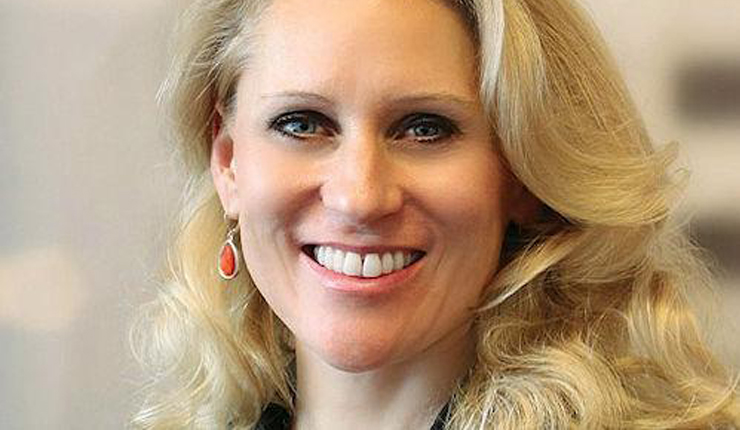
As vehicles become fully autonomous, the possibilities to re-imagine the interior become endless.
Unburdening drivers from the stress of staring at the road and watching for danger at every turn will allow designers and innovators to transform vehicle interiors into what consumers need or want for the duration of their journey — an office, an entertainment lounge or even an oasis of calm and relaxation.
There are no limits. Interiors will be able to become whatever we want them to be. Companies are already demonstrating possible new approaches. “Active” glass will enable windshields to become connected touch screens that can also be controlled with eye tracking and gesture recognition. Augmented reality displays and dynamic sensing will give passengers the option of using hand gestures and other signals to interact with their virtual environment. Seats will swivel to facilitate interaction between passengers or recline for reading and napping. Advanced communication will recognize occupants’ devices to provide personalized experiences.
But there is also a challenge. With new mobility concepts such as car-sharing, there is a risk of depersonalization. Since mobility customers will no longer own the cars they use, they will have limited or no means to select interiors tailored to their individual tastes.
So automakers and mobility companies face a key question: To what extent and in what manner should a car be personalized?
There is a real risk that automakers will lose ownership of the customer relationship in this new ecosystem if they focus entirely on the product. But by personalizing the in-vehicle experience, automakers have a genuine opportunity to retain and strengthen that relationship.
Material suppliers and Tier 1 automotive suppliers focusing on car interiors also may be heavily impacted by the transition to fully automated vehicles. As the high-margin parts under the hood, such as combustion engines, are eliminated, automotive companies are directing their attention to other high-margin businesses.
The coming battle will be to own the interior experience of the autonomous vehicle in order to own the customer relationship. The future of mobility will be driven by companies who engage in that battle.


